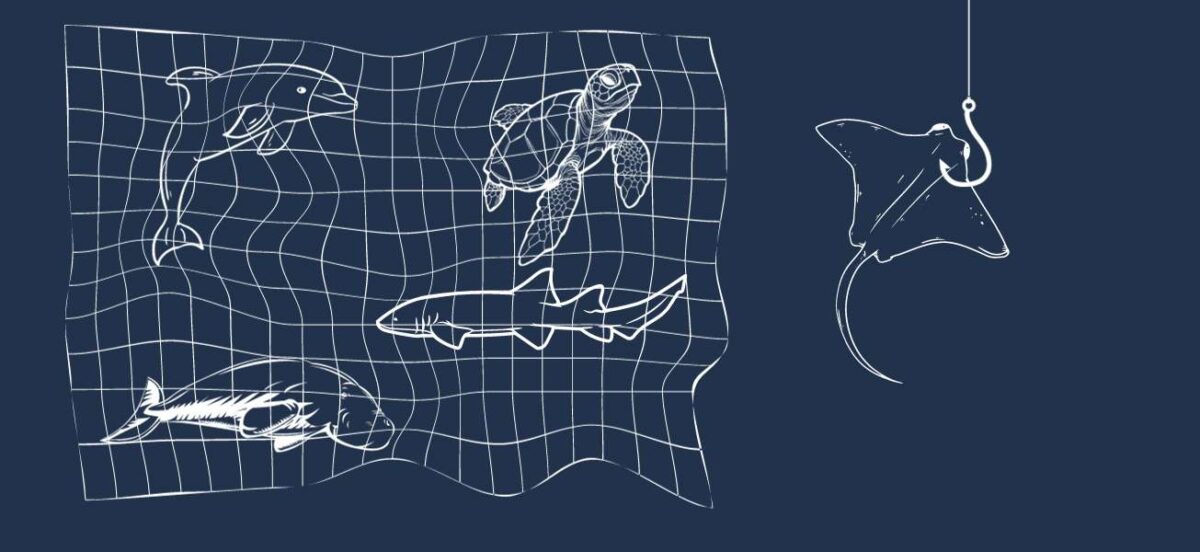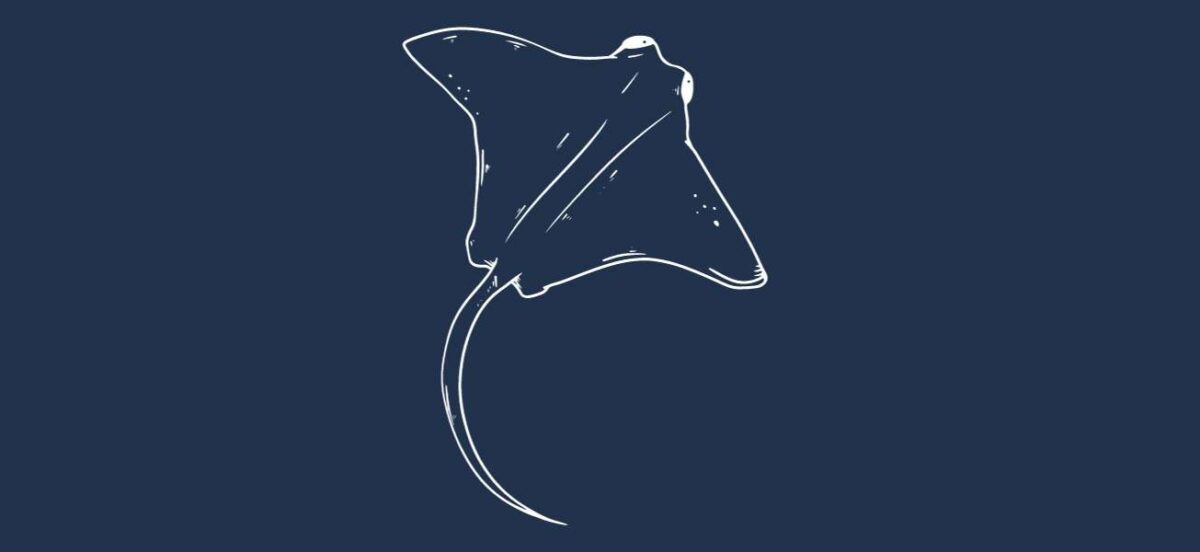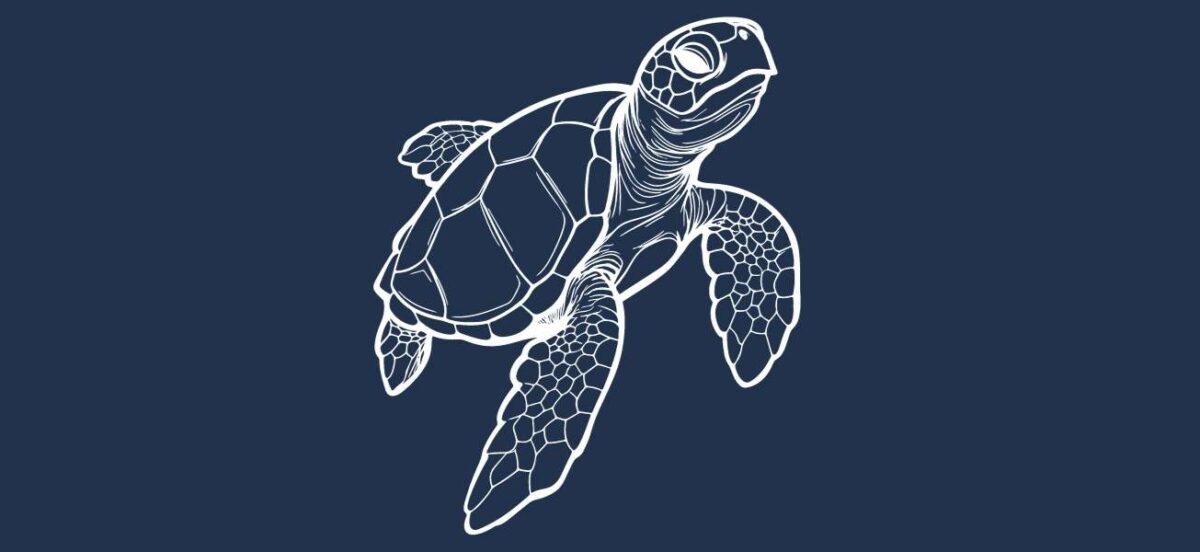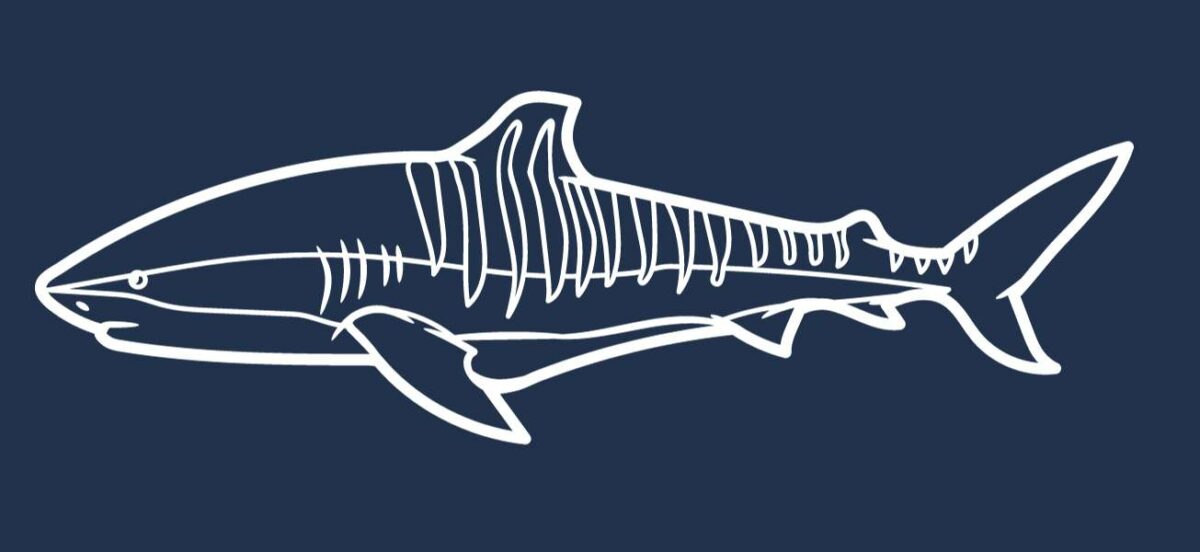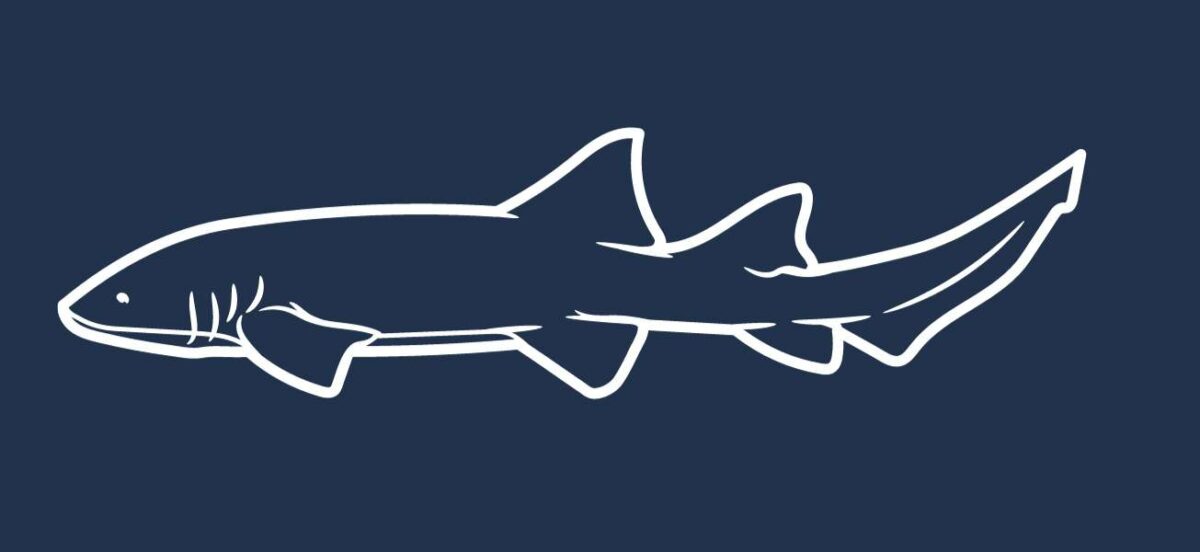Why are shark nets and lethal drumlines problematic?
Shark nets are not barriers to the open sea. These devices, installed at beaches spanning hundreds of metres, are essentially flapping pieces of fishing gear. They are installed at beaches along Queensland’s coastline. Shark nets do not prevent sharks from swimming over, under or around them.
The nets are between 124 – 186m in length and are set ~500m from the shore. They are dropped 6 metres deep into the water and anchored to the sea floor. These nets remain in the water all year long at 86 beaches in Queensland, excluding the Great Barrier Reef Marine Park [1].
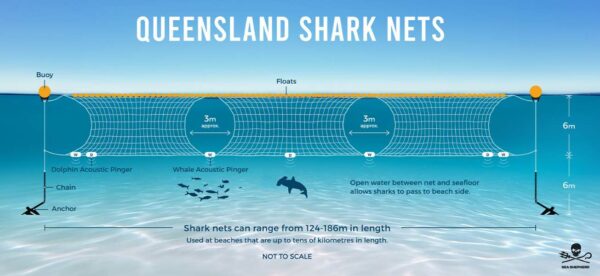
Source: Sea Shepherd Australia
Queensland also deploys lethal drumlines. These are baited fishing-hooks that are designed to hook and kill animals.
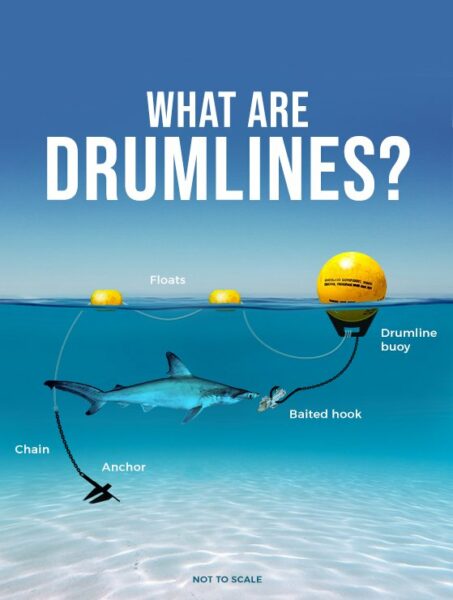
Credit: Sea Shepherd Australia
Queensland’s program targets 7 species of sharks. Sadly, if any of these sharks are caught on a shark net or drumline outside of the Great Barrier Reef Marine Park, they are killed.
The QLD shark control program kills tiger sharks, bull sharks, white sharks, Australian blacktip sharks, Common blacktip sharks, Dusky whaler sharks and Grey reef sharks.
In comparison, in New South Wales if a target shark is found alive, it is tagged and released.
This is known as an active culling program, which scientists have found don’t work to reduce shark bites.
Why are shark nets and lethal drumlines ineffective at reducing shark bites?
Associate Professor Laurenson’s research explains why these technologies are ineffective. As summarised by Deakin University, “after analysing 60 years of Australian data, Associate Professor Laurenson found that shark mitigation activities, such as shark nets and drum lines, have no statistical impact on the number of shark attacks. In fact, they may actually have a contra effect, making us “feel” safer and behave with less caution than we should – as well as unnecessarily killing sharks and other marine life.” [2]
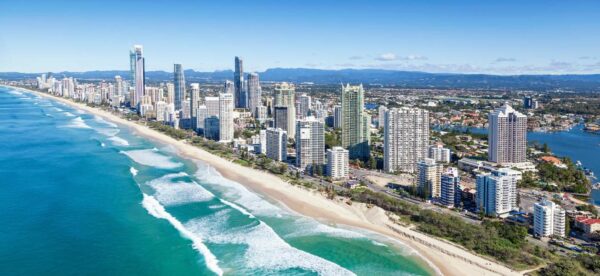
Credit: zstockphotos
Shark nets are simply small nets in a large ocean that don’t prevent a shark from swimming close to shore. Furthermore, sharks are migratory species, and they travel many kilometres each day.
Relying on a shark net to mitigate a shark bite is as effective as placing a tissue on your head and hoping it will protect you in a hailstorm.
Why is the QLD shark control program cruel to marine life?
The QLD shark control program indiscriminately harms all marine life - not just the sharks that the program is targeting. Between 1 January 2014 to June 2025, the QLD shark control program has caused the following damage.
